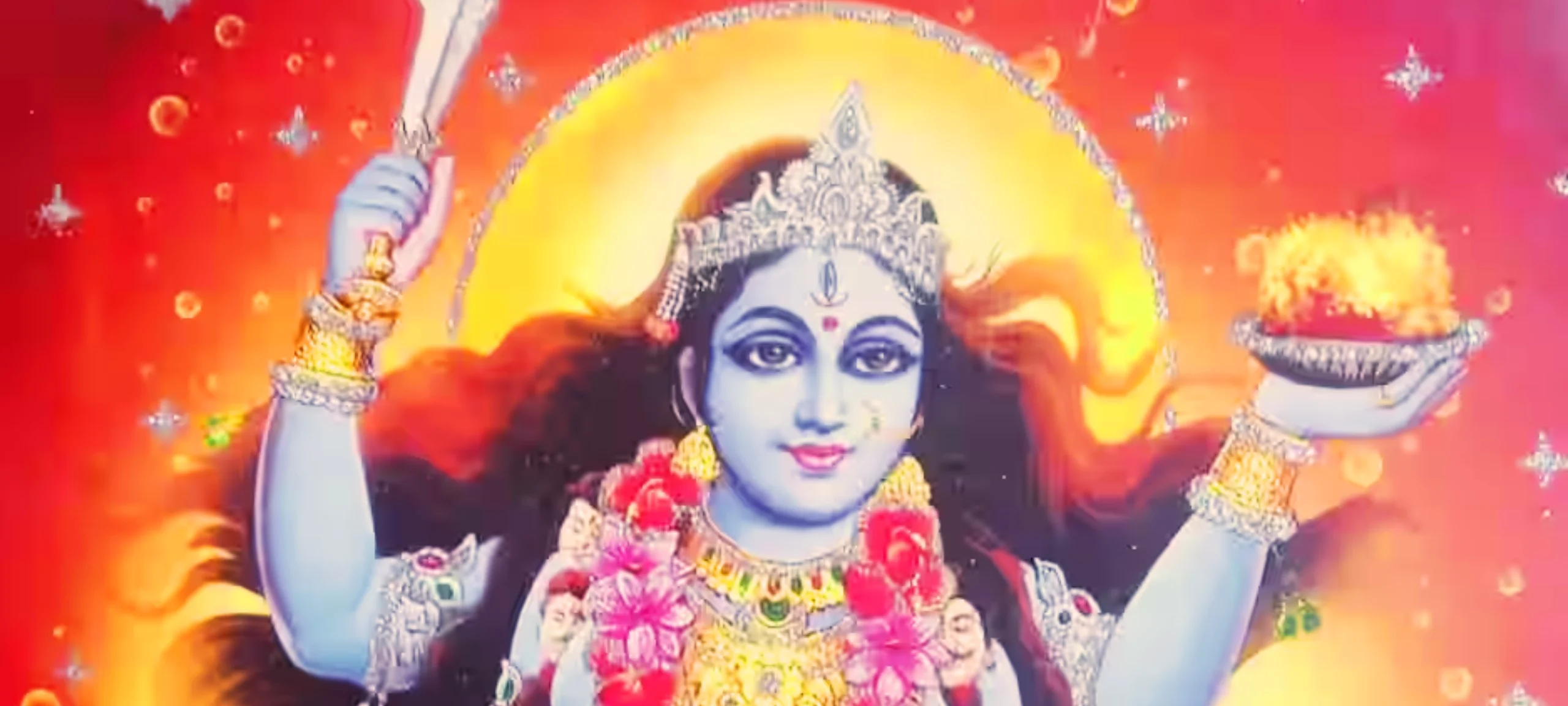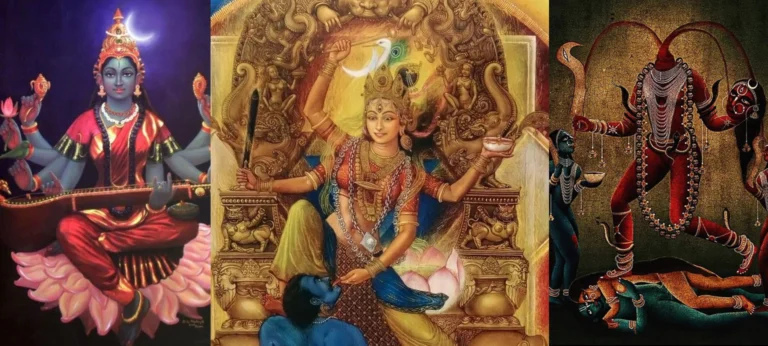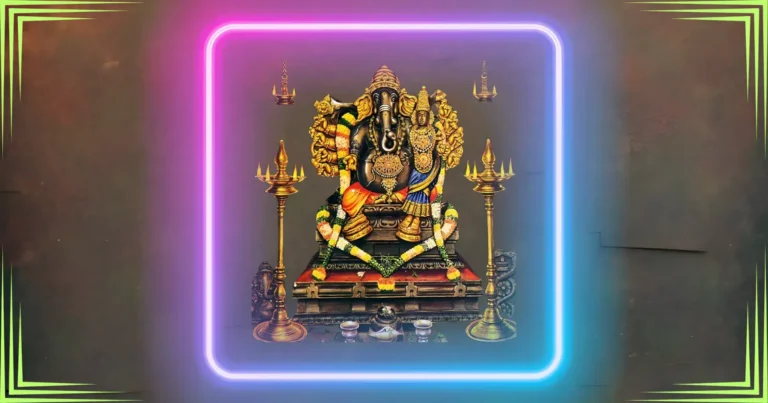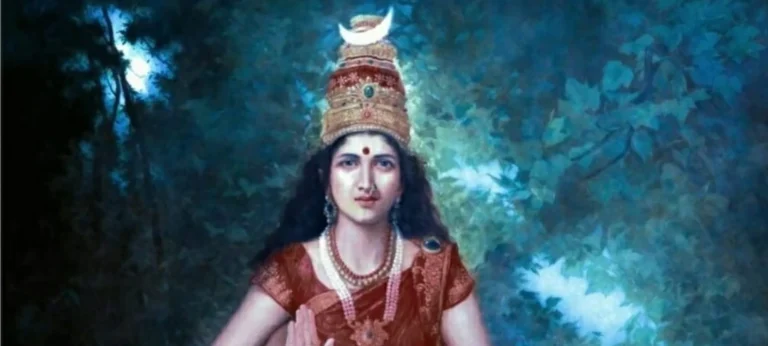Please Like the Blog and Share it for Maximum Reach
Table of Contents
Kali Sadhana and Purashcharana
Mantra is the sound vehicle through which we approach any deity through the process of Tantra. Mantra sadhana then becomes the basis for Tantrika processes.
The Tantrika Process can sometimes be part of the Vama Marga Sadhana.
It is important that before we use any mantra, we should bring the mantra to life in order that it achieves the goal for which we are doing the sadhana. In Kali Sadhana there is this process of Purascharana (पुरश्चरण).
The Shastras prescribe Purascharana as the preparatory rite for infusing the life force of the chanter into the mantra. The typical count required to make the Kali mantra lively is 10,000 chants of the mantra in the course of a day.
Kali Sadhana: Kali Beej and Its Potency
The root of the Kali mantra is the Beeja (बीज seed syllable) known as Kreem (क्रीं).
“Ka” in the seed syllable represents the deity Kali and “Ri” stands for Brahma or the creative potency.
The sound vibration of the Beeja syllable, when one hears it represents “Naad” (नाद), the mother of Creation and the dot (.) on top of the Sanskrit syllable (क्रीं) shall dispel all sorrow.
The sound is (um). It destroys sorrow. Just repeating (um) has the potency to rid the heart of sadness or heaviness.
Bija and Kilaka
The mantra itself encapsulates the very form of Kali Devi, within it.
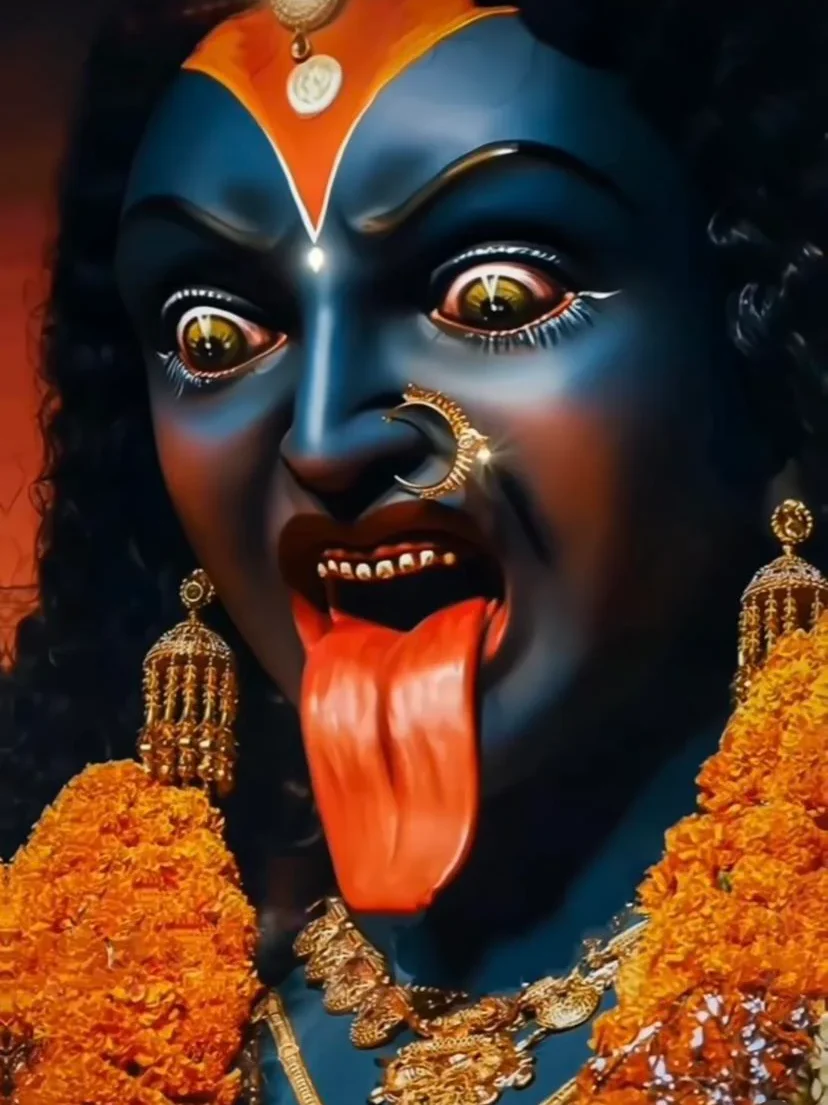
Kali, the Mother is ultimately manifested by repeating the Beeja. Mantra, in ordinary, unused conditions are lifeless sounds. The Rishi or the sage sees the mantra and infuses life into it, through his realizations.
The practitioner pronounces the mantra in a certain meter. It has a “bija” and a “kilaka” (किलका) or lock where the practitioner unlocks the mantra through Tantrik processes.
The Sadhaka or Expert chants the Mantra for a fixed number, at certain times of the day or night. This may also be part of the Mantra unlocking process. The bija or seed impregnate Shakti or power into the mantra and the kilaka holds or retains the concentrated power within the mantra.
Preparation For Kali Mantra Sadhana
This performer derives power through the Tantrika process, going by the definitions of Tantra. A Jiva or a living entity is weak generally and is not ready to carry out Purascharana, to begin with.
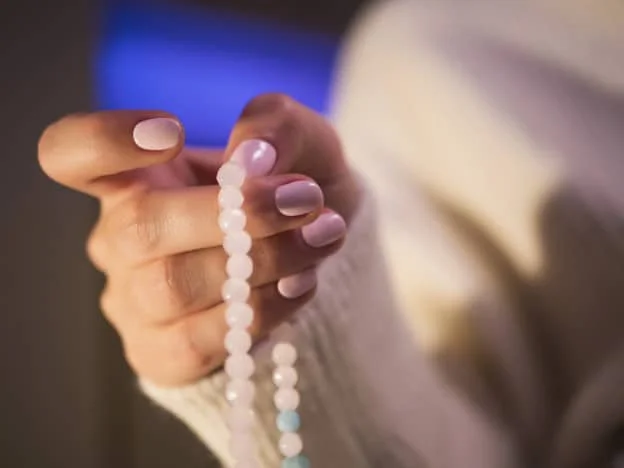
He needs to undergo purificatory and preparative stages of sadhana so that he can adorn the power of Mantra sadhana and attain siddhi (सिद्धि perfection) of the mantra. Starting with the Kreem Syllable, the practitioner repeats the specific Kali mantra is up to 10,000 or 15,000 times.
This depends on the estimation of the spiritual preceptor and the steadiness and spiritual capacity of the disciple receiving Mantra initiation.
When and Where to do Kali Sadhana?
For the Kali mantra, one gets the best results when we perform the practice in the Hindu cremation grounds. Practitioners choose midday or midnight to start the mantra sadhana regime.
One can also sit at crossroads (the place where several roads meet) as the Mantra Sadhana place. One thus undertakes Purascharana.
Muhurta and Nakshatra for Kali Sadhana
One has to first meditate on one’s guru or spiritual preceptor, on a good day, a day of a particular nakshatra, after consulting the guru.
The Muhurta is to be well-decided. There are 27 stars and these 27 stars are divided equally amongst 360 days of the year.
Thus each star has certain hours of the day dedicated to having corresponding effects. Thus, one should start on a particular day when one’s astrological star coincides with the day of that star.
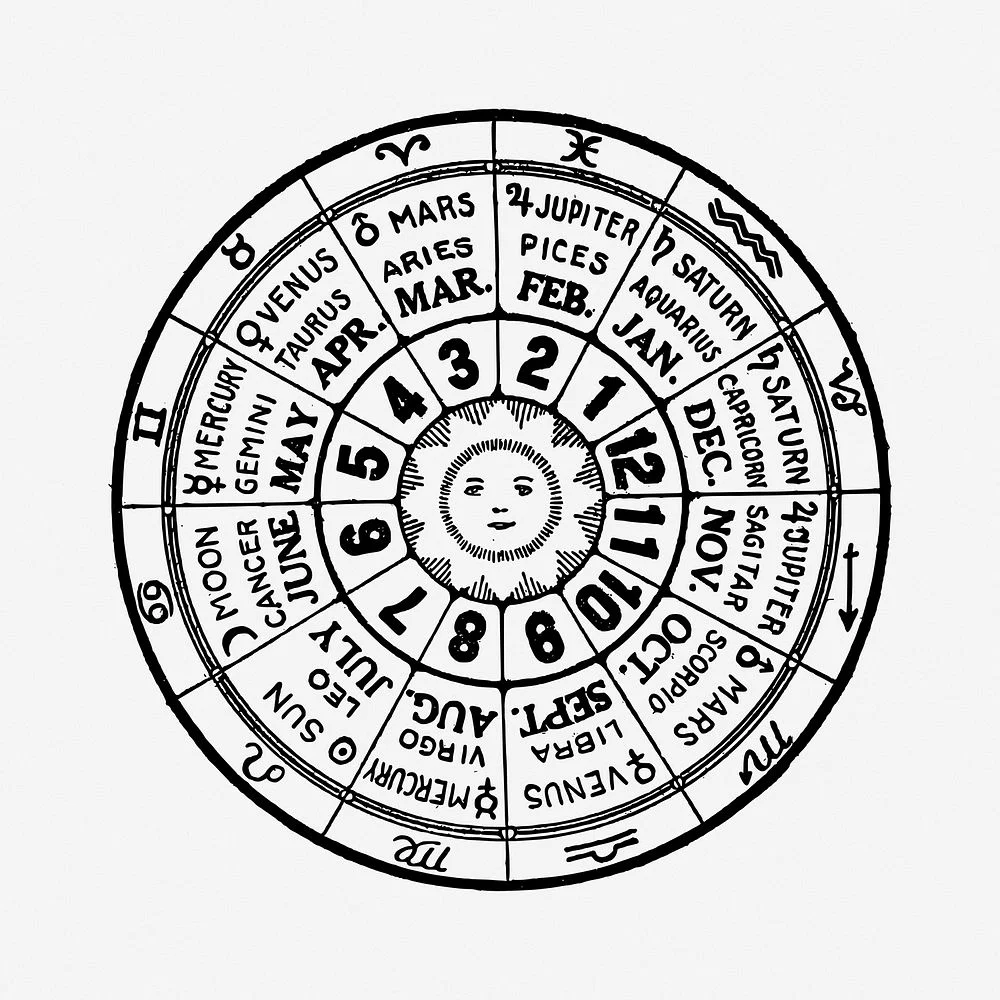
Suppose I have Venus as my ascendant star, then I should start sadhana on a day when Venus is in the ascendant, at a particular time. Naturally, during those hours, the effect of the Venus star is maximum.
After one meditates on one’s guru, the disciple undertakes the worship of Devi.
Creating Yantra for Kali Mantra Sadhana
The sadhaka draws a square starting from the north-east direction where the square meets back at the starting point again at the north-east direction. The sadhaka fills the square with Vermillion and 8 types of scents.
He should then draw a point ( बिंदु Bindu ) at the center of the vermillion layer. One could also use black ash to create the point at the center of the square.
Then the sadhaka should draw a triangle and hexagon with a circle surrounding them. Around this, the sadhaka should draw an eight-petalled Lotus.

The Lotus is further surrounded by a circle and an enclosing square. This becomes the tool or Yantra used for the purascharana.
On the East, South-East, South, South-West, West, North-West, North and North-East one should inscribe the syllables (bija) la (ल), ra( र), ya (य), ksha (क्ष), bhra (भ्र), ya (य), sa (स), ha (ह).
The sadhaka draws the yantra on Earth directly.
Getting into the Actual Kali Sadhana
One can worship the Yantra with incense sticks, lamp burning with clarified butter (ghee), flowers, etc. One must then prostrate the Yantra.
One should remember the following forms of Devi Kali such as Brahmi, Vaishnavi, Raudri, Kaumari, Narasimhika, Varahi, and Chandika and offer flowers, remembering each form.
Further one must place 8 flowers on each petal of the Yantra going in the anti-clockwise direction namely, Parvati, Kubjika, Durga, Jamuna, Nilatarini, and Katyayani.
One should place three flowers on the tip of the triangle in the anticlockwise direction remembering the rivers Ganga, Yamuna, and Saraswati. The sadhaka should place a flower at the center, on the Bindu, remembering Shiva and Kali.
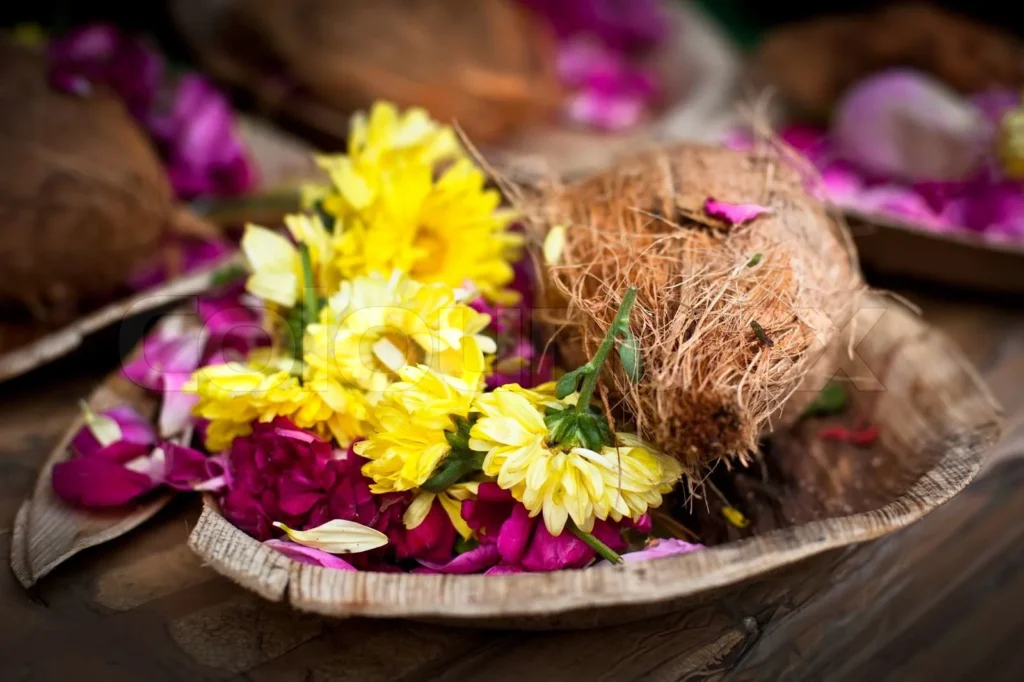
One has to offer a palmful of scent, flowers, incense, and ghee lamp at the Bindu. The Sadhaka should recite the root mantra Kreem and offer prostrations in all eight directions.
One should also perform appropriate worship of Devatas such as Ganesha, Bharati, Durga, and Kshetrapala using flowers, incense, ghee lamp flame, etc.
One important rule before starting the Kali deity worship is that one should observe celibacy for at least 41 days before the pooja day.
Then the reciter has to sit on the northeast corner of the room and finish the recitation of 10,000 Kali mantras in under 24 hours.
Test your Alignment with the Spiritual Subject Matter (only 7 Questions)
The scores generated in this Quiz are relative. There are no right or wrong answers. A percentage towards 100 indicates that you are more aligned to the overall subject matter
Concluding the Kali Sadhana
It is ideal, not to take a break as one recites the mantra. On finishing the count of 10,000 one should suitable perform Homa facing east direction.
He should offer sacrificial articles like unbroken raw rice, coconut pieces, articles of pooja such as vermillion, etc, as he goes on chanting the beeja sound Kreem.
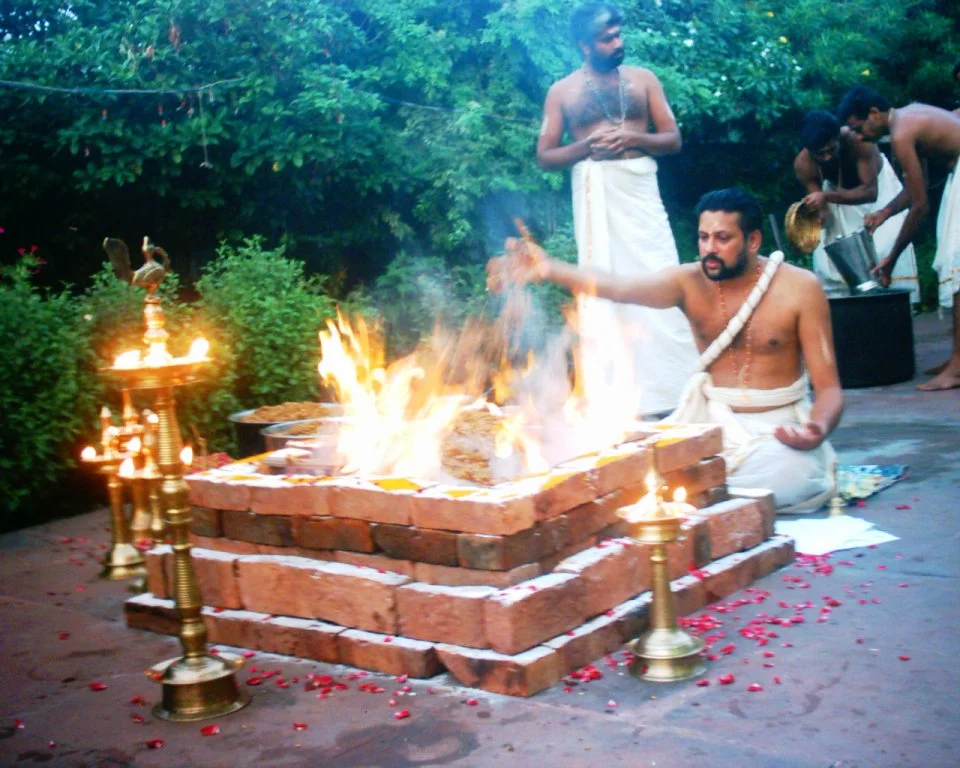
He can also offer flowers to the fire god. Fire is lit at the centre of the Homa-Kunda (fire altar) for accepting the offerings.
One can then prostrate facing the east and apply tilak (तिलक holy ash on the forehead) using the ash remains of the sacrifice. This will conclude the Kali Sadhana Process.
Please Like the Blog and Share it for Maximum Reach

